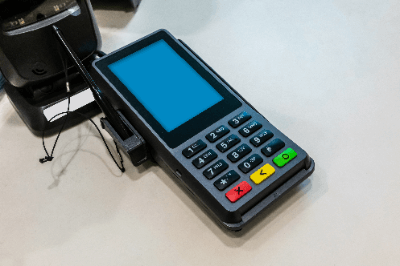What Is a PIN Pad?
 A PIN pad (personal identification number pad) is a device used in financial transactions where customers enter their pre-determined PIN for IC card-enabled cash or credit cards. This technology is a staple in modern financial and retail transactions, enhancing security and convenience.
A PIN pad (personal identification number pad) is a device used in financial transactions where customers enter their pre-determined PIN for IC card-enabled cash or credit cards. This technology is a staple in modern financial and retail transactions, enhancing security and convenience.
Uses of PIN Pads
PIN pads are primarily utilized in banks and retail point-of-sale (POS) systems, serving as a secure method of customer identification for transactions with IC card-compatible credit or cash cards.
Previously, cash cards relied on magnetic stripes which became vulnerable to fraud. Similarly, credit card transactions based on signature verification posed challenges in instant authentication. The advent of PIN pads and IC cards revolutionized these processes by offering a more secure and efficient means of verification.
Principle of PIN Pads
PIN pads work on the principle of knowledge authentication. When a customer inputs their PIN, the system verifies whether it matches the reference PIN data – a unique identifier pre-registered with the financial institution. This process can be categorized based on where the reference PIN data is stored and how the authentication is performed.
According to ISO 9564, an international standard, authentication can be conducted by the terminal, IC card, or host systems within financial institutions. This standard also covers where reference PIN data is stored, including terminals, IC cards, and host systems.
Offline PIN authentication is performed using only IC cards or terminals, while online PIN authentication involves a host system to verify the entered PIN in real-time.